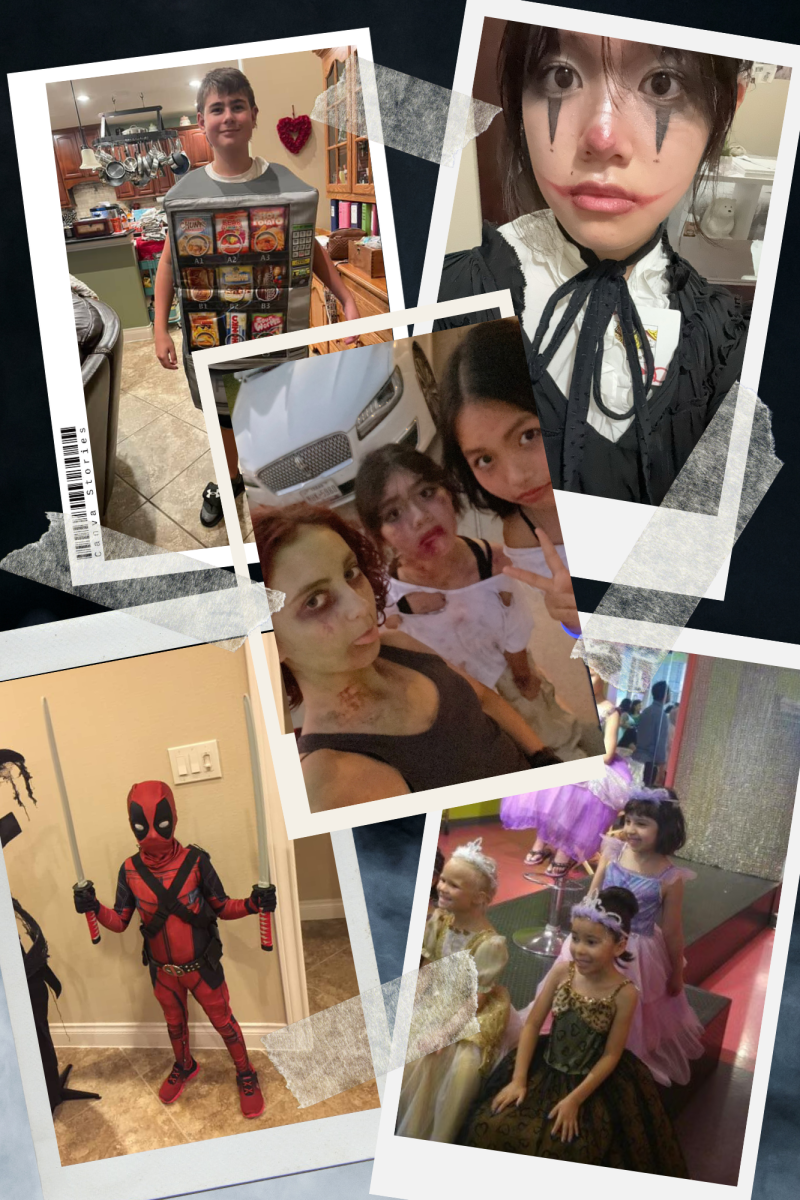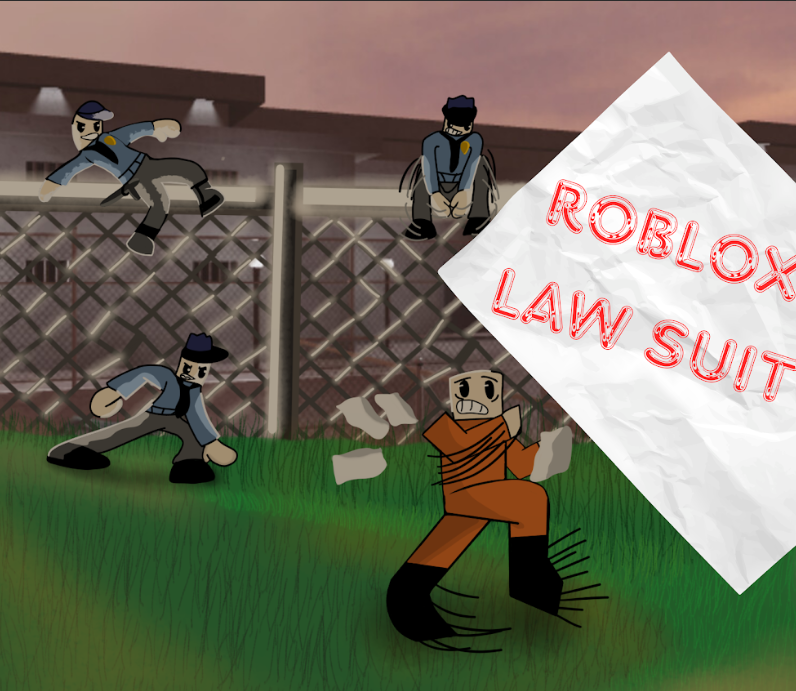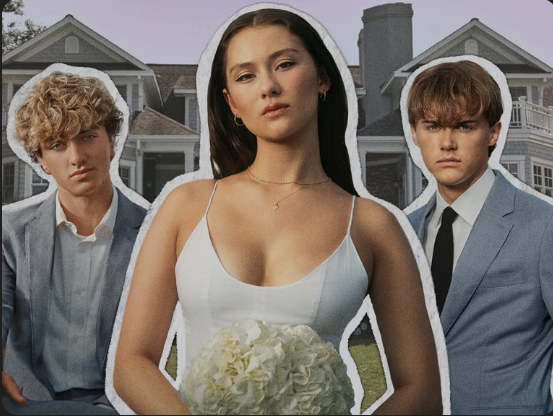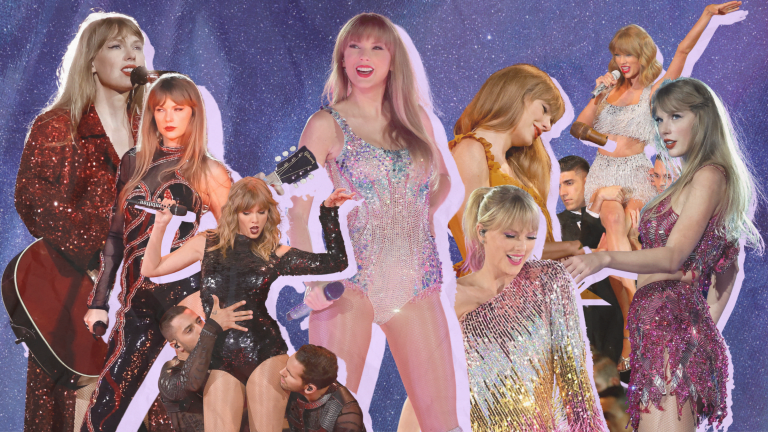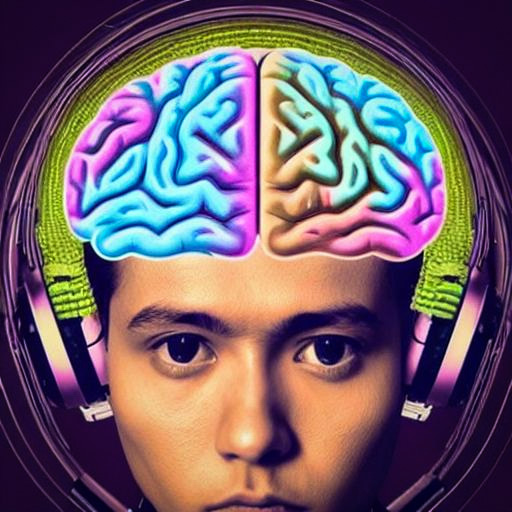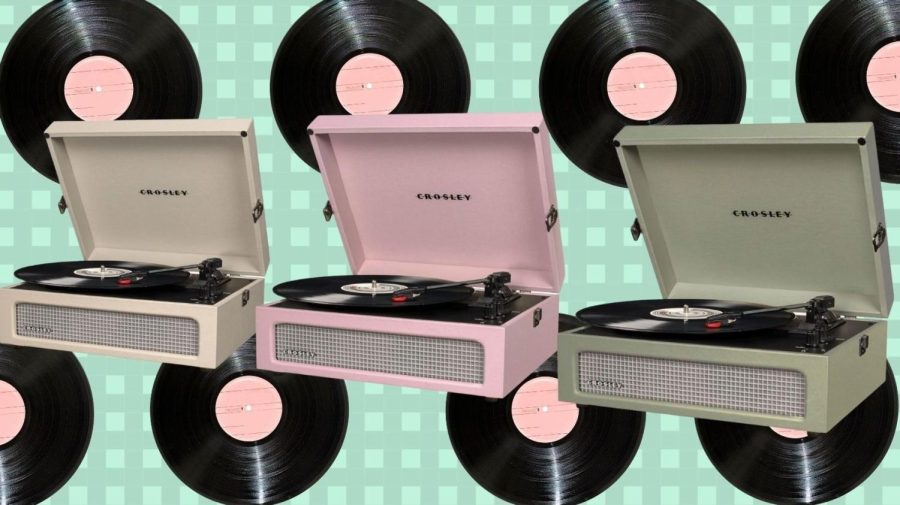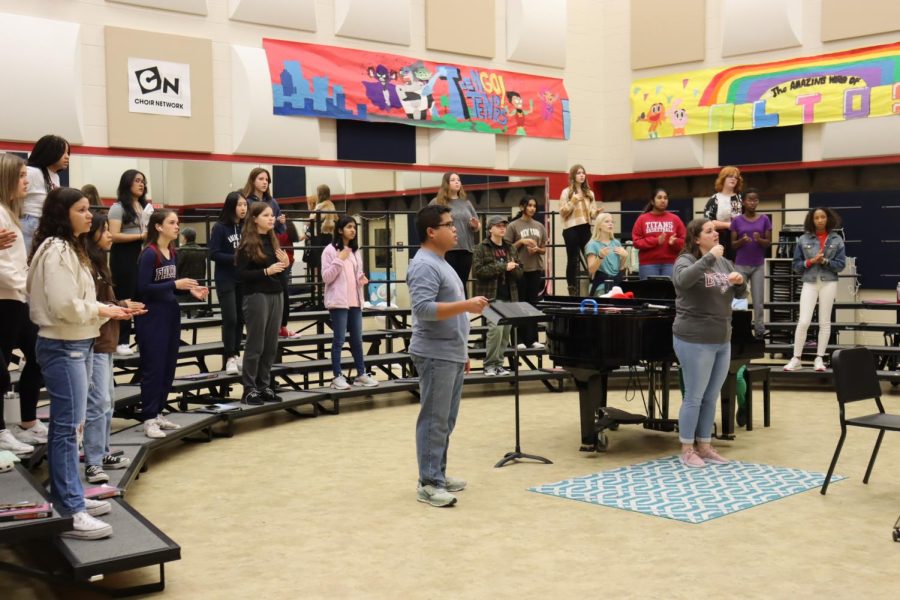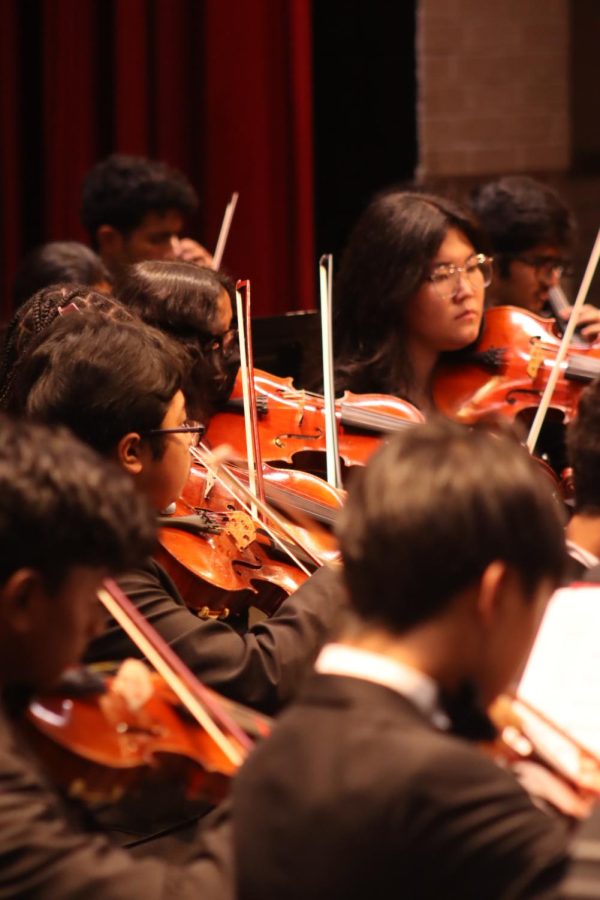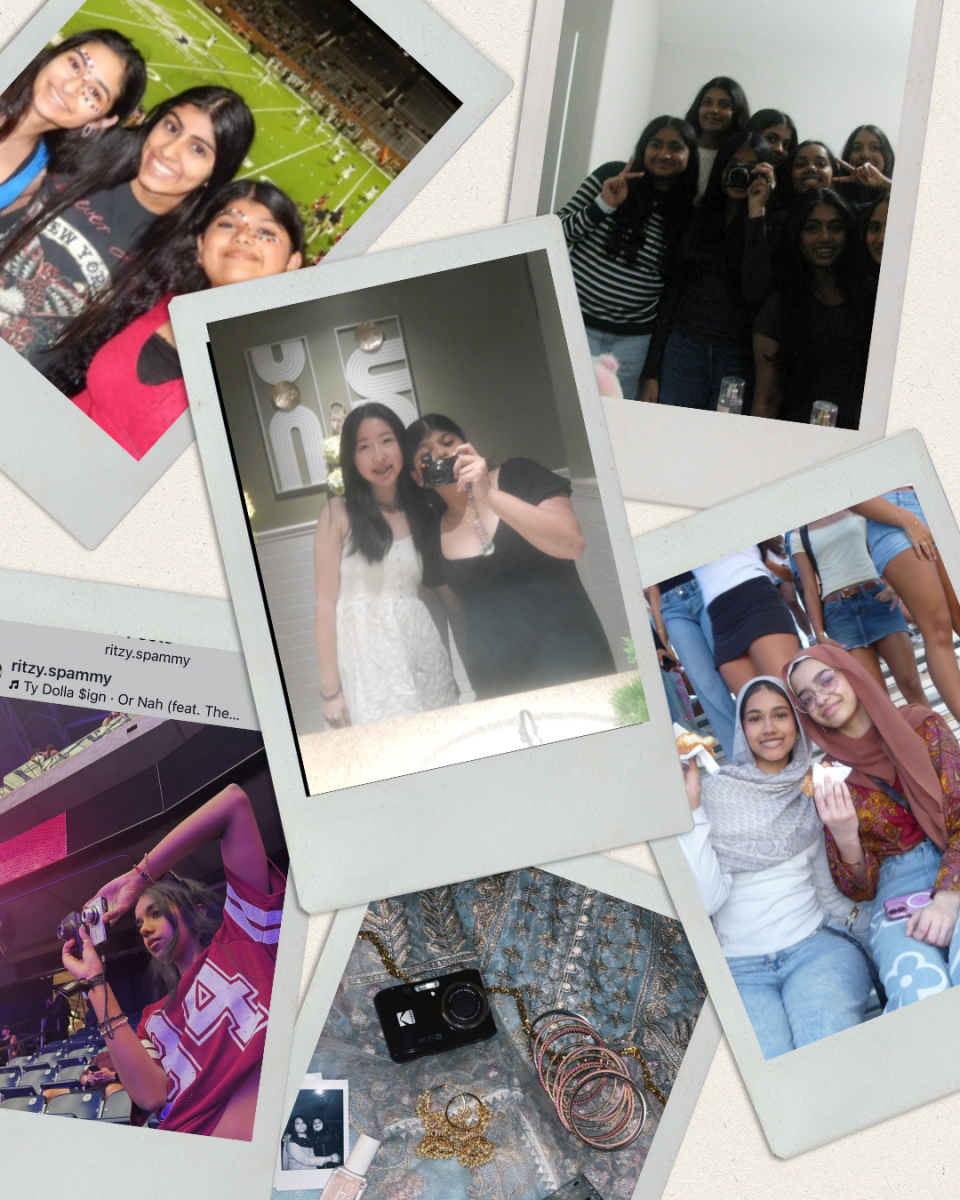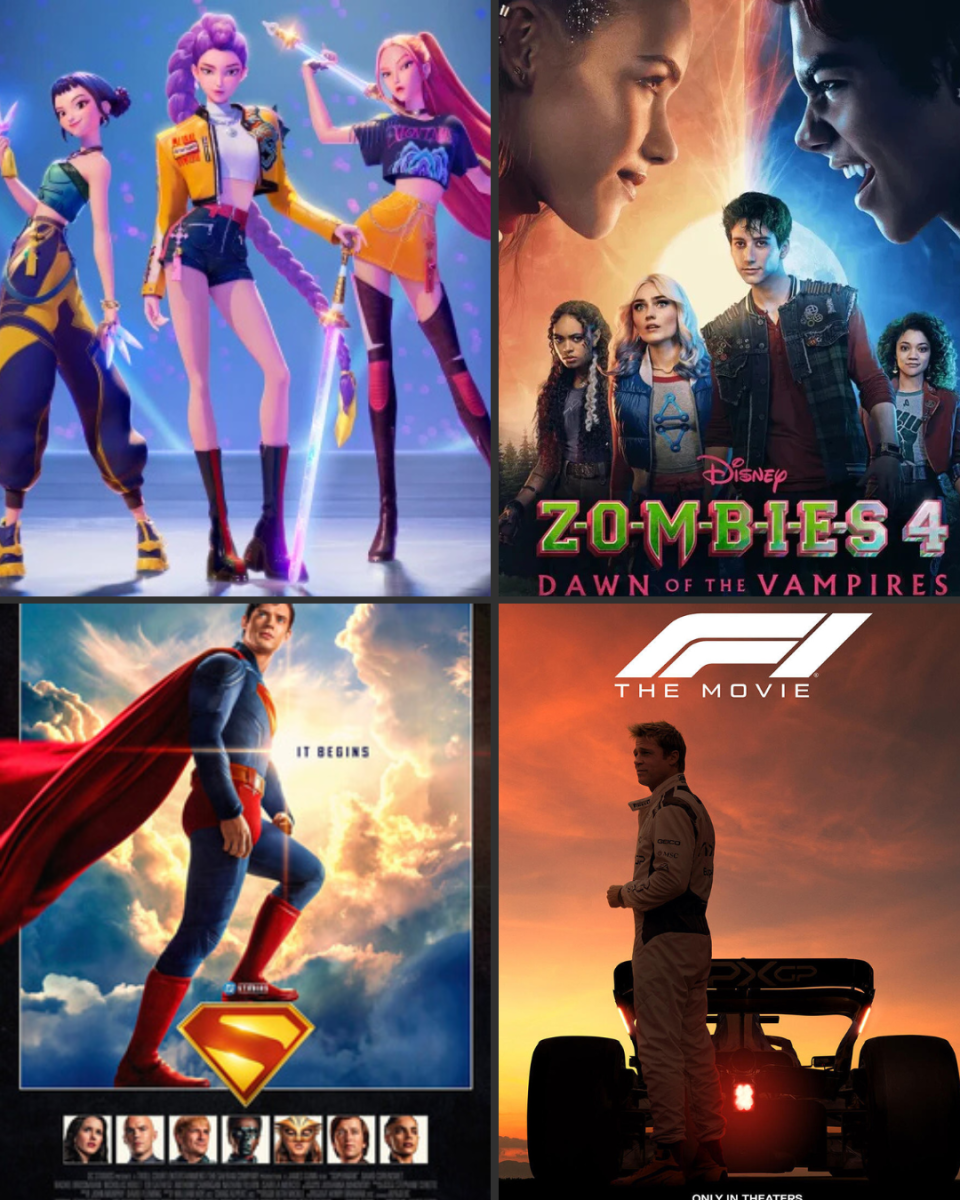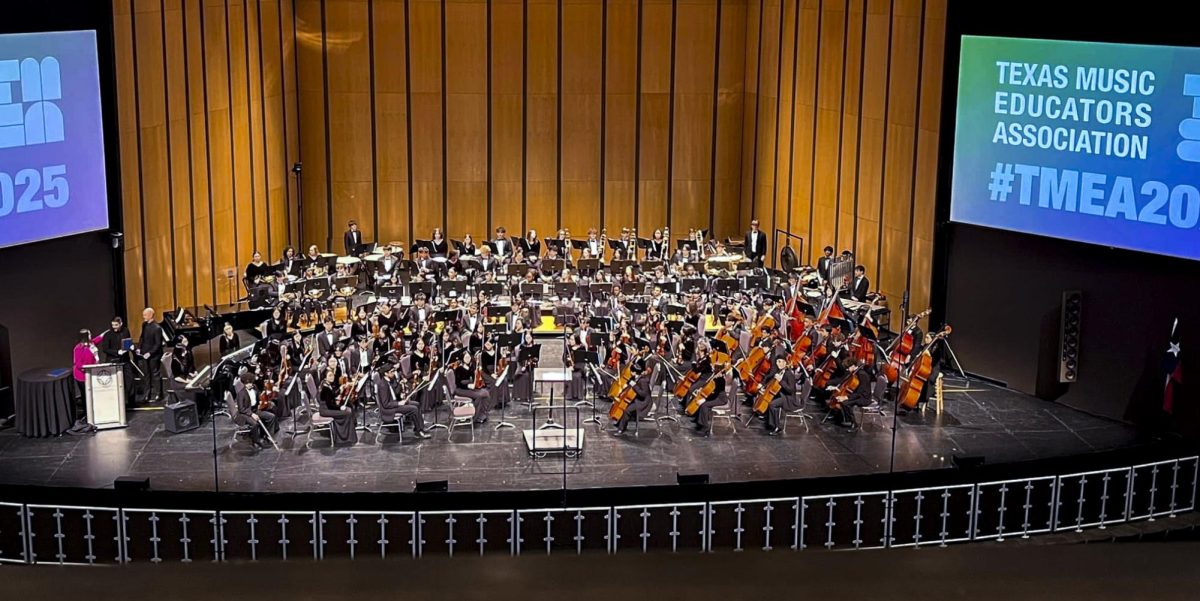Drake is one of the music industry’s most prolific superstars. He has dropped four full-length projects in the past two years, and classifying his music is getting more and more difficult. When he released If You’re Reading This It’s Too Late in 2015, he called the project a ‘mixtape.’ Traditionally, mixtapes are free, but Drake (or his record label) decided to make it available for purchase like a regular album. Now, Drake is once again blurring the lines between albums and projects with his recent release, More Life, which is neither an album nor mixtape but a ‘playlist.’ More and more artists are releasing playlists, instead of full albums because mainstream consumers have a sudden interest in background or ‘mood’ music. More Life is not nearly as lyrical or well-thought out as Views, but Drake does improve on some of his flaws.
With 22 tracks, More Life is a serious 81-minute commitment that tests listeners’ patience. Unlike Views, Drake has a better grasp on how to maintain momentum. Without the ‘album’ label demanding a cohesive body of work, Drake is able to pick and choose which genres and styles he wants to use on his ‘playlist,’ transitioning from house music (“Get It Together”) to Afrobeat (“Madiba Riddim”) to grime (his collaboration with U.K. rapper Skepta) and using his large fan base to push these unique sounds further into the mainstream. Drake also features multiple guests on his album, several of whom – like British-crooner Sampha – have entire songs dedicated to themselves without so much as note from Drake.
Drake can be his own worst enemy. Vulnerability and introspection have always been Drake’s appeal, and he embraced those traits to make great albums like Take Care and Nothing Was The Same. Lately, Drake falls so deep into his emotions that he comes across as bitter or resentful. Even when he bragged about his life and success on Views, there seemed to be a permanent chip on his shoulder. On More Life, Drake still spends plenty of time dissing girls he used to date (“Nothings into Somethings”), obsessing over where he falls in rap’s pecking order (“Gyalchester”), and being deeply suspicious of the people around him (“Fake Love”). On the other hand, Drake is also trying to be less of a jerk. One of the most touching songs on the album, “Can’t Have Everything,” closes with a voicemail from Drake’s own mother encouraging him to be more positive and less confrontational. It’s apparent that Drake is doing some serious self-reflection, while continuing to stretch rap’s sonic boundaries with multicultural flair.
Though every Drake album has two or three hot singles, it seems that every single track on More Life could be number one on iTunes. The collection of tracks is the perfect combination of rap and R&B, and if any other artist had released a 22 track playlist, there is no doubt that some tracks would be mediocre. However, because Drake is the 6 God, he knew that his fanbase would devote their time to listen to the playlist in its entirety. There is no doubt that Drake has come back to himself with More Life. Though Views saw huge commercial success, there seemed to be something missing and clearly Drake felt it too. Drake fans are going to have to wait until 2018 to hear another project from Drake, but More Life is a smooth transition into 2017 that will have replay value all year long.





